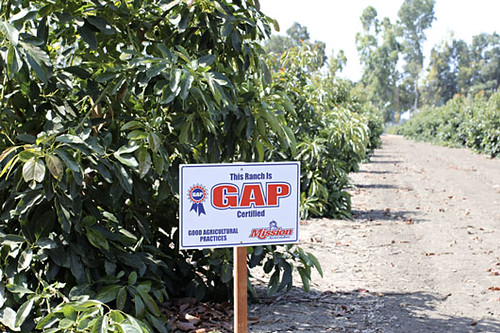
Food safety and the prevention of food borne illness is a priority across the food supply chain in the United States. With the development of better notification systems and increased consumer awareness of food safety, there is a need for greater accountability and for consistent standards and practices across the board.
The produce industry is no exception, when a food borne illness outbreak does occur, the impact on the health and well-being of the consumers can be devastating, and result in the loss of public trust and confidence for an entire industry. While the USDA is not the regulatory authority for the safety of fruits and vegetables, it does support the Food and Drug Administration’s (FDA) mission to protect consumers by assuring the safety, efficacy and security of the nation’s food supply.
To help farms and businesses verify their food safety processes, the USDA’s Agricultural Marketing Service (AMS) offers voluntary, audit based programs for operations throughout the produce supply chain. The largest of these is the Good Agricultural Practices and Good Handling Practices (GAP/GHP) audit verification program.
Food safety programs at the farm level are covered by GAP auditing and certification, while GHP concentrates on packing facilities, storage facilities and wholesale distribution centers. The GAP/GHP program utilizes federal and state department of agriculture auditors to verify that a participant has implemented a documented food safety program that meets the FDA’s guidelines.
Growers are increasingly being required to undergo food safety audits by the retail and foodservice sector as a condition of sale. GAP and GHP help build trust between farmer and consumer, distributor and retail chain. Today’s informed consumers note food safety as a top decision factor when selecting their food, and will often choose products and produce that are backed by verified and certified processes they can trust, like GAP and GHP.
“Consumers expect that the produce they consume is safe to eat. That process starts in the fields and groves no matter what country the product is produced,” said Ross Wileman from Mission Produce, Inc. “It starts with good agricultural practices, good manufacturing processes and verifies performance through third party certified audits. Food safety is only as good as the weakest link in the chain and it is our responsibility to insure the consumer that we have taken all the steps necessary to deliver on that trust.”
As the science and practices surrounding food safety in the produce industry shift, adopting a comprehensive plan—no matter the size of your operation or your place within the food supply chain—will be a key to long-term success. Consider carefully the benefits to third-party verification and find out more about our GAP and GHP programs.
